What is a camera made of?
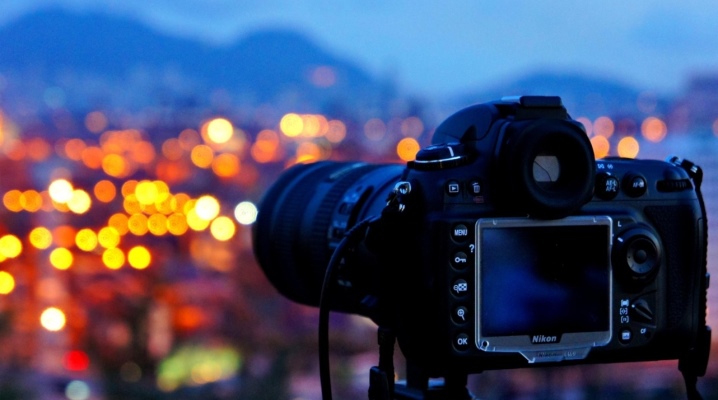
If earlier cameras were available only to professionals who have certain skills and knowledge of using this technique, now they are used by everyone. The digital electronics market is replete with a variety of models that differ in functions, characteristics and, of course, cost. Despite the rich assortment, all devices have the same basic parts.
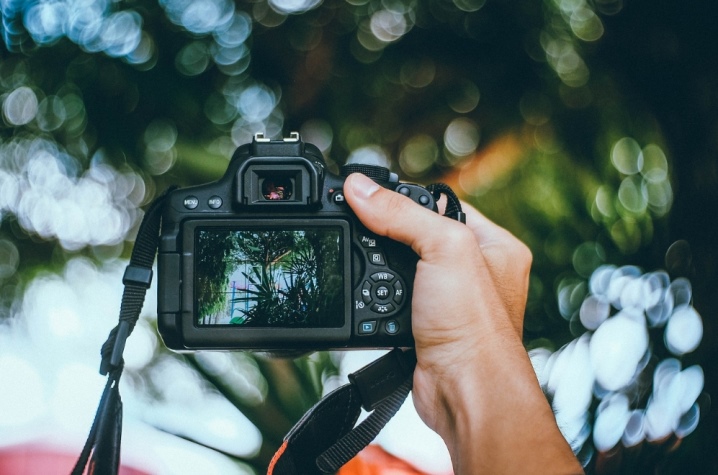
Device
Basic camera construction
Mirror digital models, which are now available to every buyer, are considered a separate type of equipment. They have an improved design, due to which they have received a large set of useful functions. Based on the standard model, you can demonstrate what the camera consists of.
- Lens... An element that in most cases can be detached from the main structure.
- Matrix... This is the "heart" of technology. It affects the resolution of the finished image and is analogous to film in digital equipment. Matrices are also used in the manufacture of other input and output devices.
- Diaphragm... A mechanism that controls the amount of sunlight.
- Reflective prism... This element is used for a number of modern models. It is in the hilt.
- Viewfinder... A compact window at the top of the camera is needed for easy framing.
- Swivel and auxiliary mirrors... A system of mirror surfaces for image acquisition.
- Gate... A detail that rises during shooting.
- Frame... Dense protective case made of wear-resistant and necessarily opaque material.
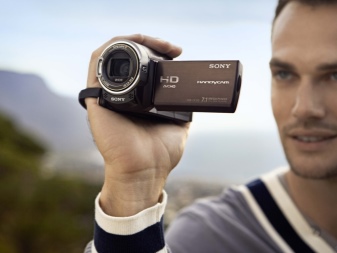
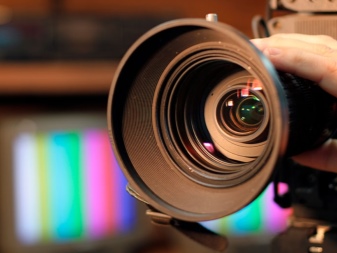
We have considered the main components, however, without the rest of the details, the operation of the equipment will be significantly limited or completely impossible.
- Flash... Additional light source.
- Battery... Power supply.
- Lcd monitor... Screen for framing, as well as camera settings and control of its options.
- A set of sensors.
- Memory card. A device for storing information (pictures and videos).
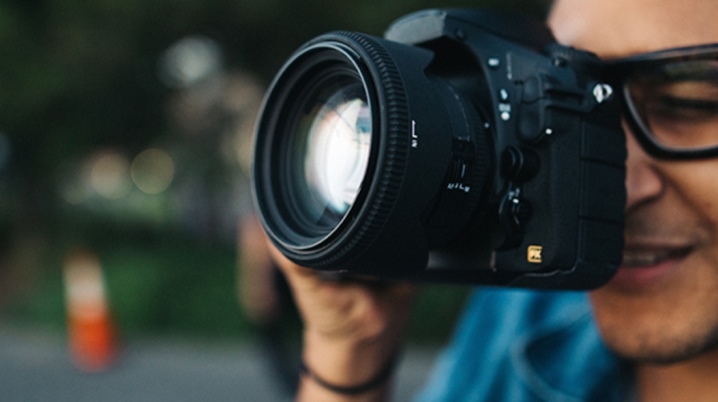
To visually familiarize yourself with the construction of a digital camera, study the following diagram. It shows all the components of the apparatus, and also demonstrates the path of the rays in the optical system.
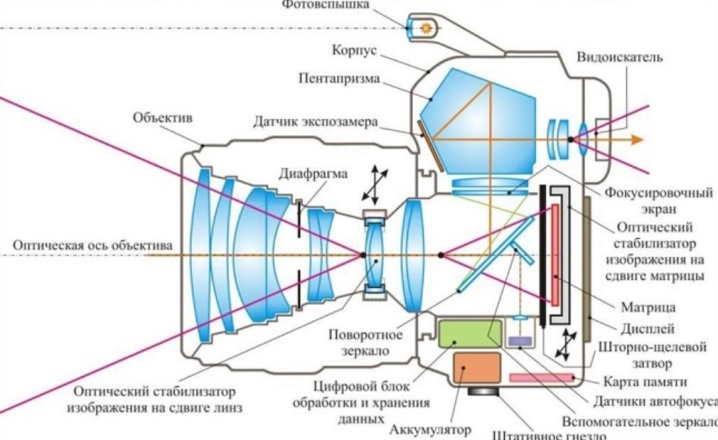
Principle of operation
Every beginner who is just starting his acquaintance with photographic equipment is interested in learning the details about its work. Many users have no idea how a camera works.
Let's find out what happens while you take a picture.
- When you select automatic mode (or autofocus), the camera automatically adjusts the clarity of the image.
- After that, the picture is stabilized, then a special element is included in the work - an optical stabilizer.
- Remember that in the above mode, the technician independently selects the exposure (white balance, photosensitivity, aperture parameters and exposure time).
- Next, the mirror and shutter are lifted.
- The light rays enter the lens, pass through the lens system. As a result, a photograph is formed on the photosensitive matrix.
- The processor reads the received data and converts it into a digital code. The photo is saved in the file format.
- The shutter closes, the mirror returns to its original position.

How are the parts arranged?
Structure of a digital camera includes many elements, some of which we will look at in more detail.
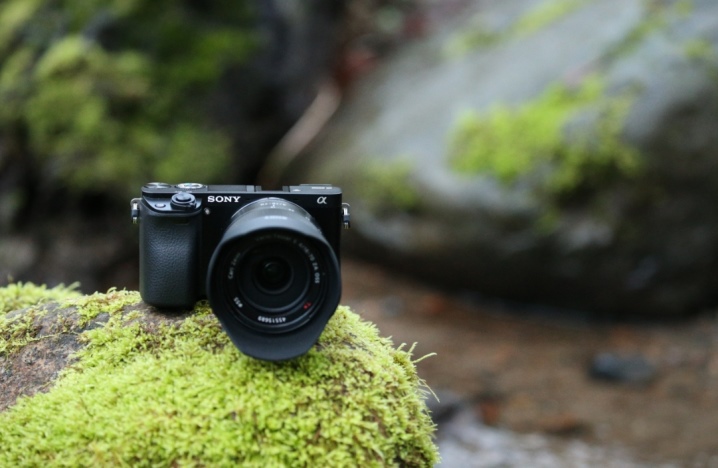
Lens
The first component that we will consider is is an optical system. Lens withIt consists of special lenses and their frames. In the manufacture of expensive models, glass is used, and plastic is often found in budget models. In order for the light rays to form an image, they must pass through the lenses and reach the matrix.
When using high-quality equipment, the photos are clear (sharp).
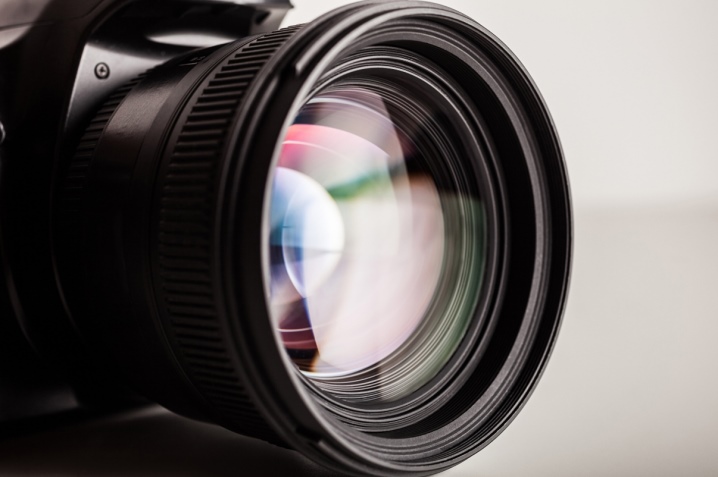
Professionals choose lenses based on their key specifications.
- Aperture ratio... This is a balance between the brightness of the subject and the brightness of the picture.
- Zoom... This is the zoom in and out function required for framing.
- Focal length. This indicator is indicated in millimeters. This is the distance from the optical center of the system to the focal point where the sensor is located.
- Bayonet. This element is responsible for attaching the lens to the "body" of the camera.

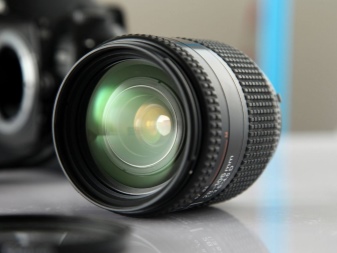
Flash
The flash is actively used not only in studio shooting, but also when working outdoors. It is a light source that is always at hand. The main component of this part of the structure is special flash xenon lamp. Outwardly, it looks like a glass tube. Electrodes are placed at its ends. An incendiary electrode is also used.
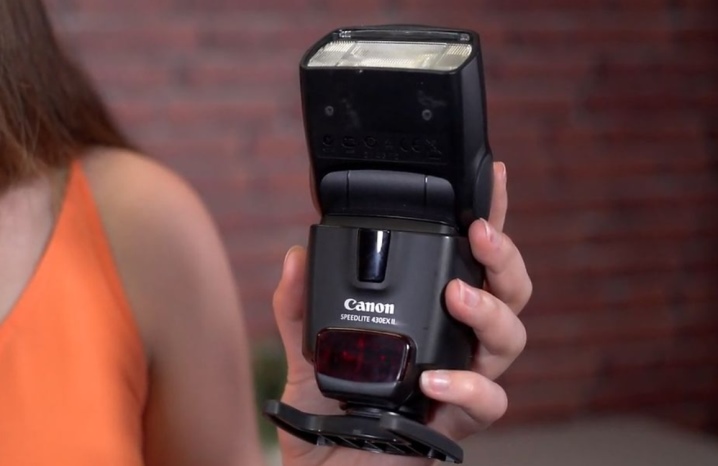
There are several types of flashes.
- Built-in models are part of the camera body. Professional photographers do not use them due to insufficient power and harsh shadows. Also, when using them, the picture may turn out to be flat. These flashes are used to soften shadows in bright and natural light.
- Macro... These options are specially designed for macro photography. Outwardly, they are ring-shaped. For use, they are mounted on a camera lens.
- Anchored... This type of flash can be manually adjusted or set to automatic. They are much more powerful than the built-in options.
- Unattached... To work with this type of equipment, you need special tripods. These are large models.

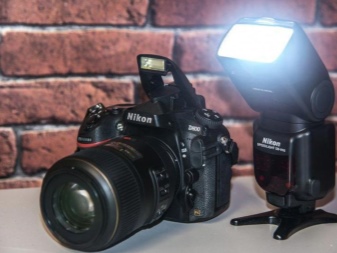
Gate
A characteristic click is heard during the shutter release. It is located between the matrix and the mirror, inside the device. Its purpose is to dose light. You've probably heard of such a parameter as excerpt... This is the length of time that the shutter remains open. Exposure takes place in just a few fractions of a second.
In the production of modern cameras, the following types are used:
- mechanical shutter;
- electronic.
In the first case, most often used mechanical elements. They can be placed vertically or horizontally. For the manufacture of closures, a dense and opaque material is chosen. The main characteristics of the gates are speed and lag. For experienced professionals, each technical characteristic plays an essential role.
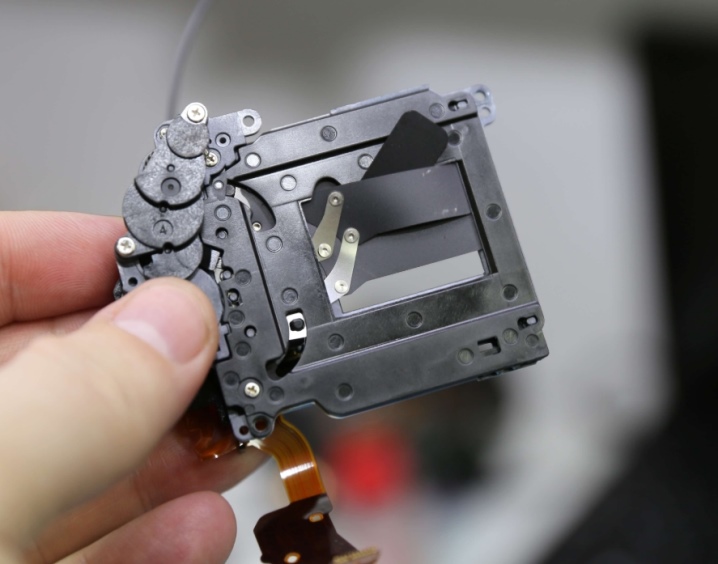
The shutter process takes a fraction of a second, after which it returns to its original state.
The second option is a dedicated exposure control system... The technique itself regulates the luminous flux using a certain operating principle. If there is an electronic shutter from this element, only the name is used, the element itself is absent.
Note: now you can find cameras that are equipped with two types of shutters at once. Depending on the desired effect, one or another option is used in the photo. The mechanical element is often used to protect the photosensitive matrix from dust particles.

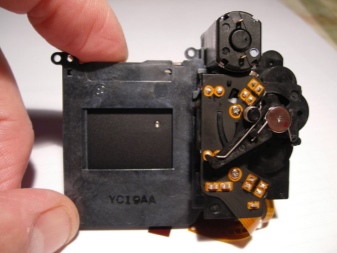
Matrix
The film was replaced by a matrix. With the advent of digital photography, it is no longer necessary to count the number of photos taken, since the stock is limited only by the size of the memory card. And if necessary, the digital media can be cleaned. The matrices used in the manufacture of DSLRs are digital-to-analog or analog microcircuits. This item is equipped with photosensors.
The quality and model of the matrix significantly affect the cost of equipment, as well as photo and video material. As soon as the rays of light reach the matrix, the energy from them is converted into an electric charge. In other words, it is a converter of the received data into a digital code, of which the image consists.
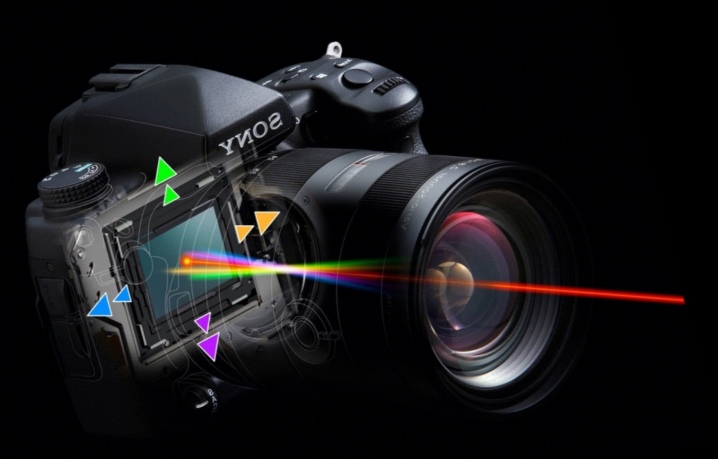
When choosing a camera, it is recommended to pay attention to the following characteristics of the matrix:
- permission - the higher, the more detailed and clearer the image;
- dimensions - equipment of premium class is equipped with a large-size matrix;
- sensitivity to light (ISO);
- signal-to-noise ratio.

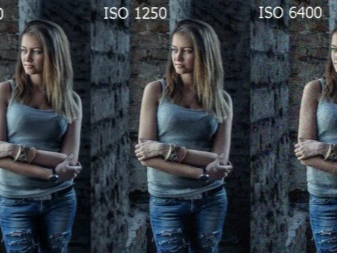
Now let's take a closer look at the last three parameters.
- The first item indicates the number of photosensitive elements... Modern manufacturers use the designation - megapixels. To accurately reproduce small elements in the photo, this parameter should be high.
- When measuring the dimensions of the photosensitive element, a diagonal... This characteristic is selected by analogy with the above. The larger the dimensions, the better for the photographer. Large sizes minimize image noise. The demanded figure ranges from 1 / 1.8 to 1 / 3.2 inches.
- The last parameter is denoted by the ISO abbreviation. Most modern camera models operate in the 50 to 3200 range. A high sensitivity allows for sharp and detailed images in low light conditions, and a low value is chosen to reduce excess light.
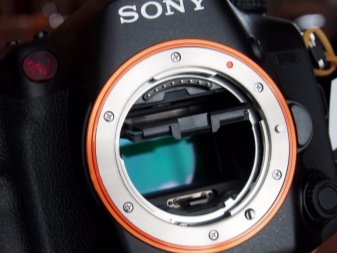
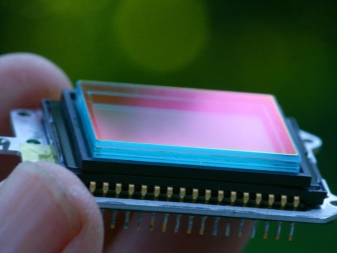
Features of the structure of different models
We figured out the structure of a modern camera. Despite the wide variety of models, all samples work according to the same principle, and when they are assembled the same ingredients are used... However, before the advent of digital equipment, photographers used film models.
Let's take a closer look at the well-known film camera brand "Zenith". This type of equipment was produced during the Soviet era. This is a small format SLR camera, which was manufactured by the specialists of the Krasnogorsk plant.
The single-lens film camera was actively used by the masters of photography of that time.
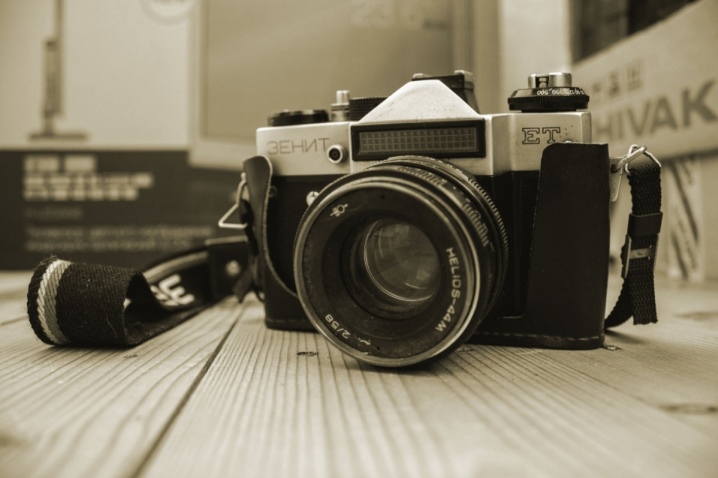
The Zenit camera includes the following components:
- lens;
- mirror system;
- gate;
- film;
- lens;
- frosted glass;
- eyepiece;
- pentamirror.
Despite their small size, Soviet devices were heavy. If now plastic is mainly used in production, then before the main material was metal. Equipment for photography "Zenith" was produced until 1956.
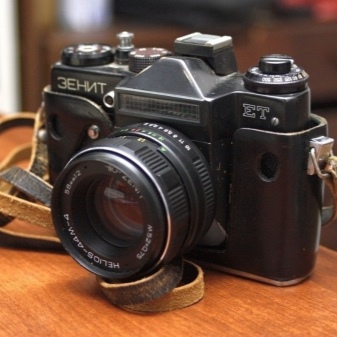
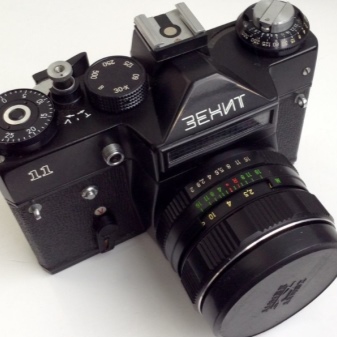
In the following video, you will learn how to set up your camera correctly.













Thanks for the article! It was interesting to read)
The comment was sent successfully.